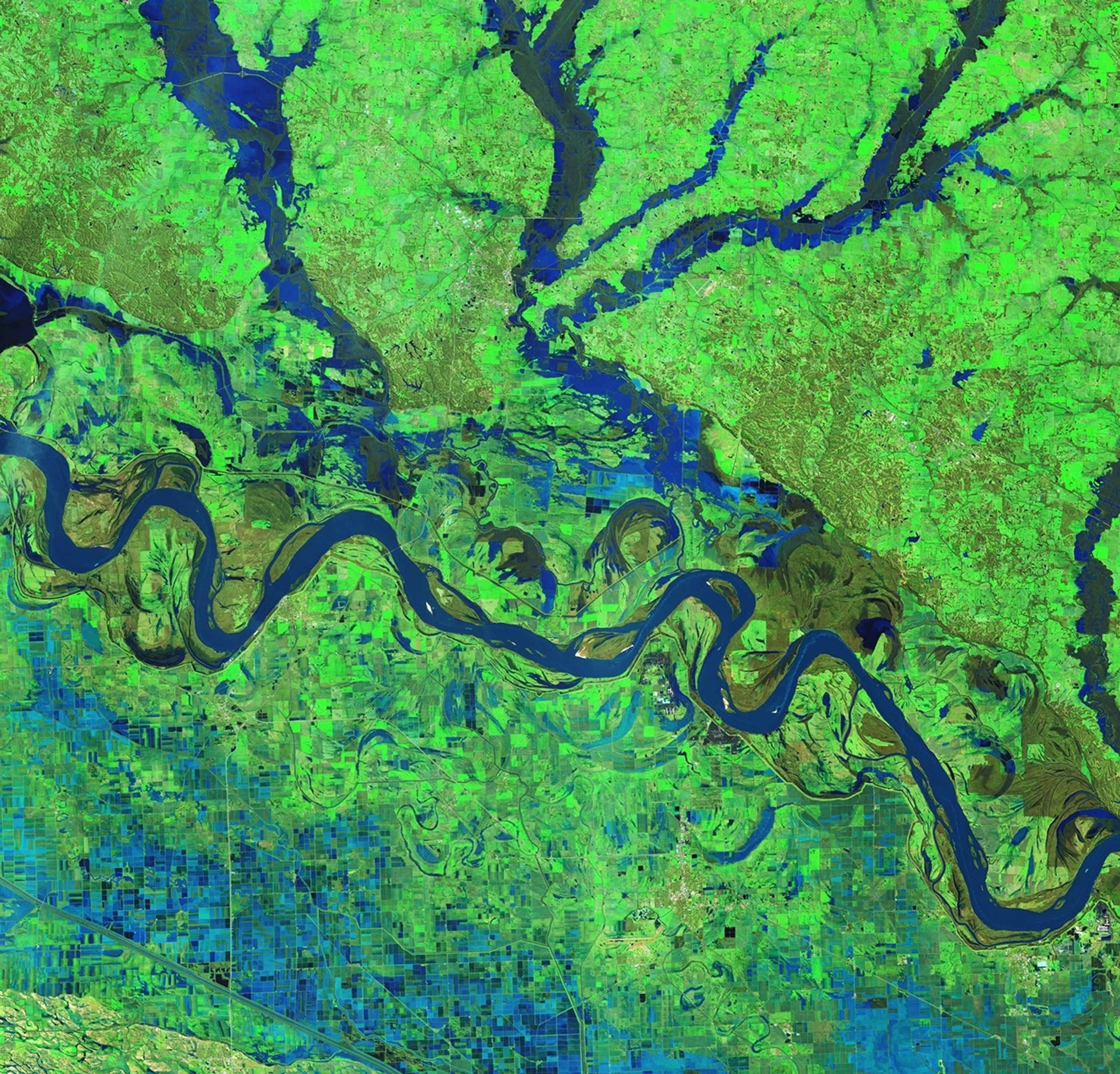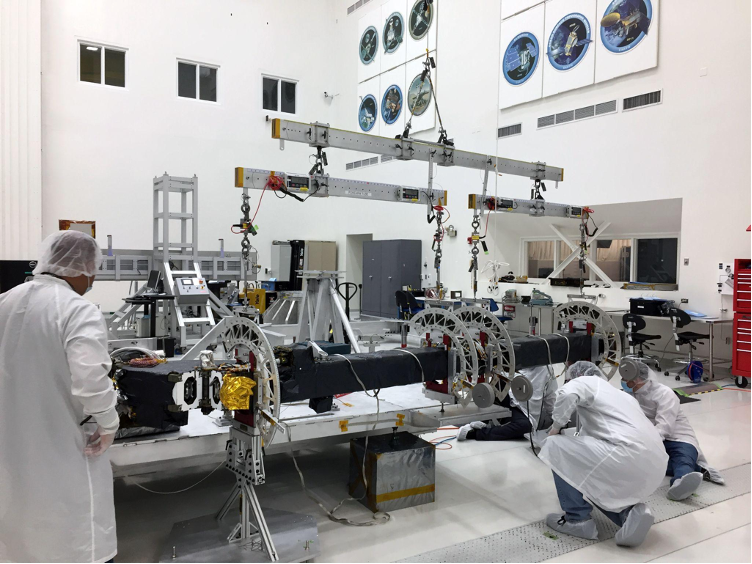NISAR News & Updates
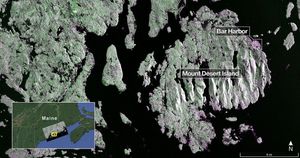
Captured on Aug. 21, 2025, this image from NISAR's L-band radar shows Maine's Mount Desert Island.

On Aug. 23, 2025, NISAR imaged land adjacent to northeastern North Dakota's Forest River.

The NISAR (NASA-ISRO Synthetic Aperture Radar) Earth-observing radar satellite’s first images of our planet’s surface are in, and they offer a glimpse of things to come as the joint mission between NASA and ISRO (Indian Space Research Organisation) approaches full…
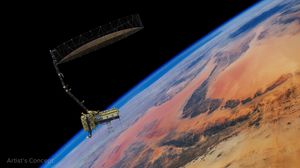
After launching July 30, the NISAR (NASA-ISRO Synthetic Aperture Radar) Earth-observing radar satellite mission, a joint effort between NASA and the Indian Space Research Organisation (ISRO), is on schedule to start science operations this fall. Following the deployment of its…
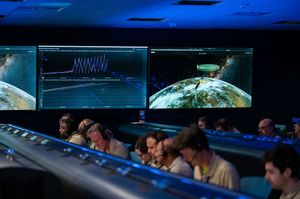
NISAR team members at JPL, along with colleagues at ISRO facilities in India, deployed the satellite's radar antenna reflector.
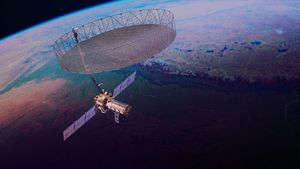
The NISAR satellite uses a radar antenna reflector that's 39 feet (12 meters) in diameter to gather information about Earth's changing surface. The mission scans nearly all the planet's land and ice surfaces twice every 12 days.
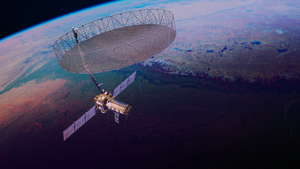
Seventeen days after NISAR’s launch from southeastern India, an essential piece of science hardware has unfurled in orbit. Spanning 39 feet (12 meters), the drum-shaped antenna reflector on the NISAR (NASA-ISRO Synthetic Aperture Radar) satellite mission from NASA and the…
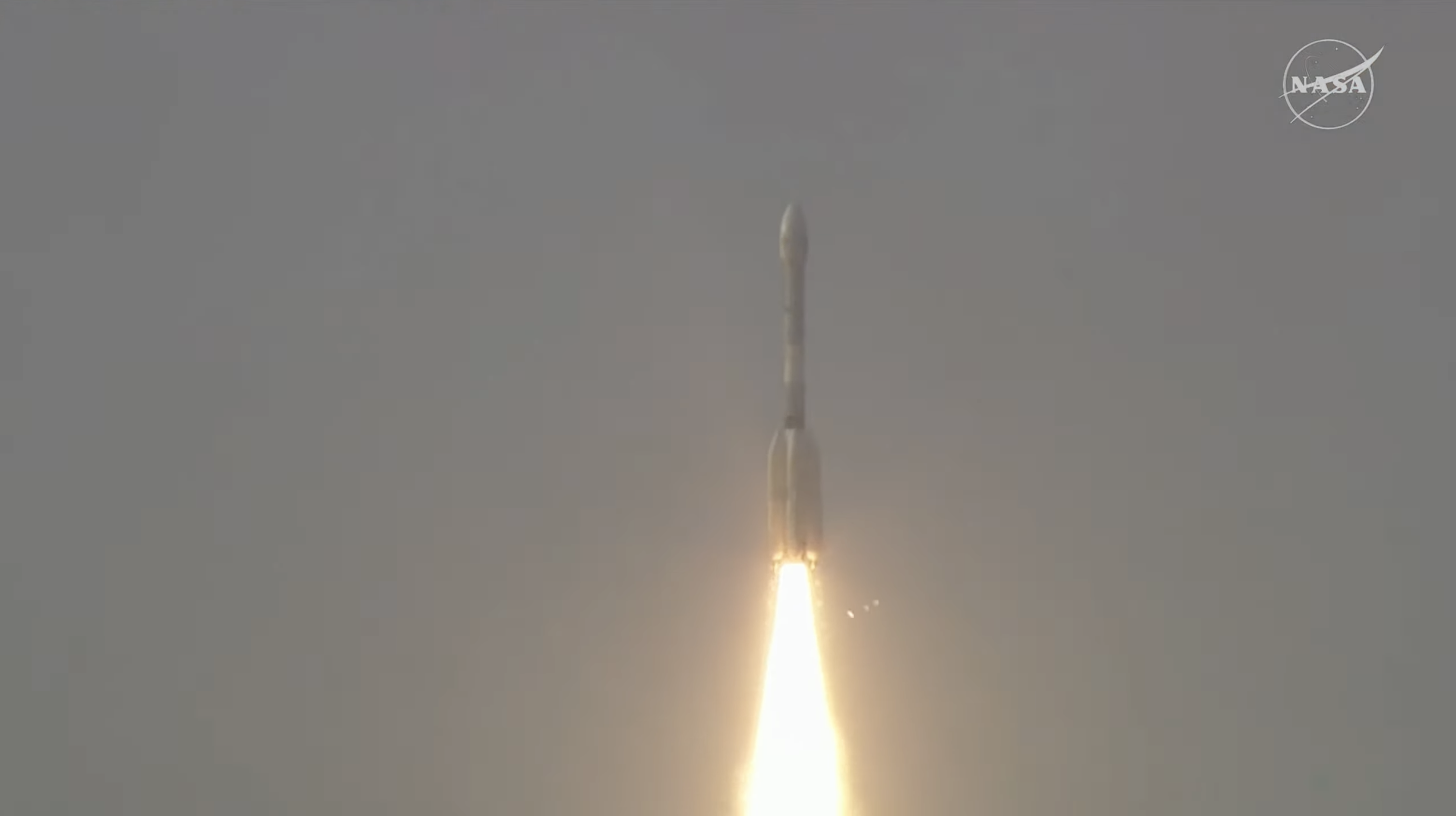
Editor’s Note: This release was edited on July 30, 2025, to correct the mission launch time in the IST time zone. Carrying an advanced radar system that will produce a dynamic, three-dimensional view of Earth in unprecedented detail, the NISAR…

Mission controllers for the NASA-ISRO NISAR (NASA-ISRO Synthetic Aperture Radar) mission have received full acquisition of signal from the spacecraft. The satellite will provide high-resolution data to help decision-makers, communities, and scientists monitor infrastructure and agricultural fields, refine understanding of…

The NISAR (NASA-ISRO Synthetic Aperture Radar) spacecraft has separated from the third stage of ISRO’s Geosynchronous Satellite Launch Vehicle rocket and will soon spread its solar arrays to power itself. Technicians will now work to acquire signal from the spacecraft…



























